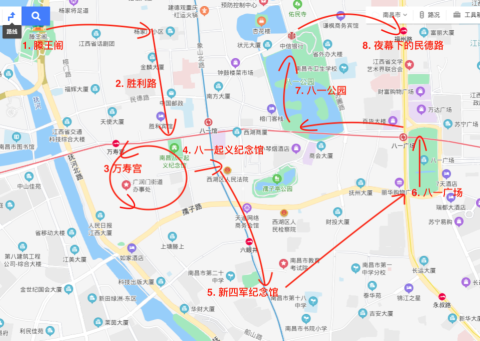
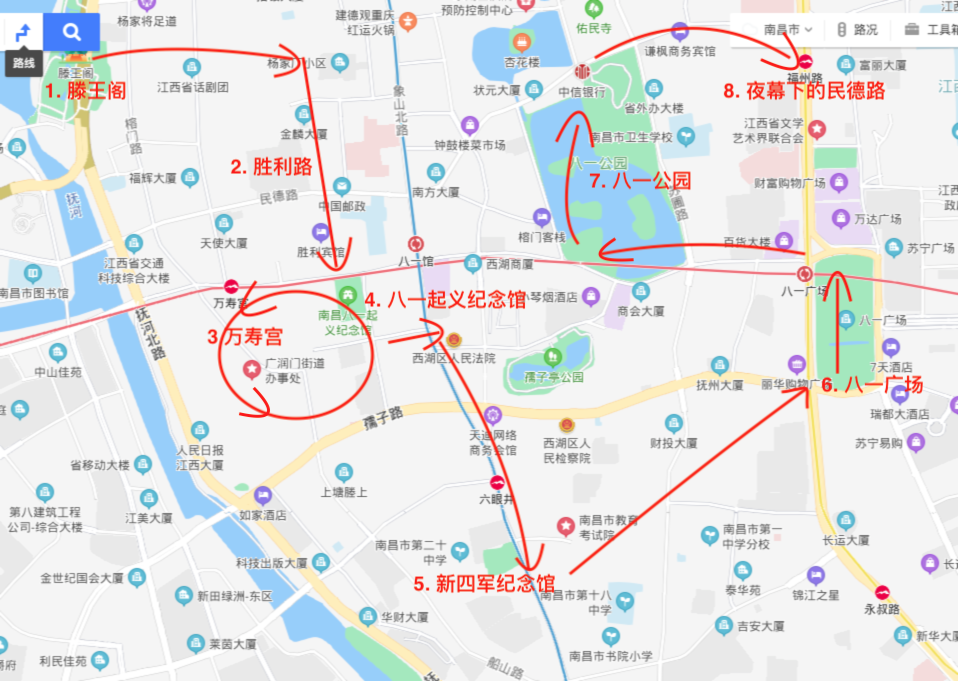
6
Bayi Square
The unexpected discovery of Huangsi Palace Road
During the Ming and Qing Dynasties, this was the moat and swamp outside Hue Gate; in the third year of Xuantong (1911), the revolutionary army gathered in the university field, overthrew the rule of the Qing government in Jiangxi, and established the Jiangxi government of the Republic of China; in the first year of the Republic of China (1912) On October 28, Sun Yat-sen reviewed the Jiangxi Revolutionary Army at the University Ground; in the 17th year of the Republic of China (1928), Nanchang was renovated, the Hue Gate was demolished, the moat was filled, and a ring road was built (today's Bayi Avenue) , giving it the prototype of a square; in 1956, the People's Government officially named it "People's Square" during the urban construction project. (Baidu Encyclopedia)
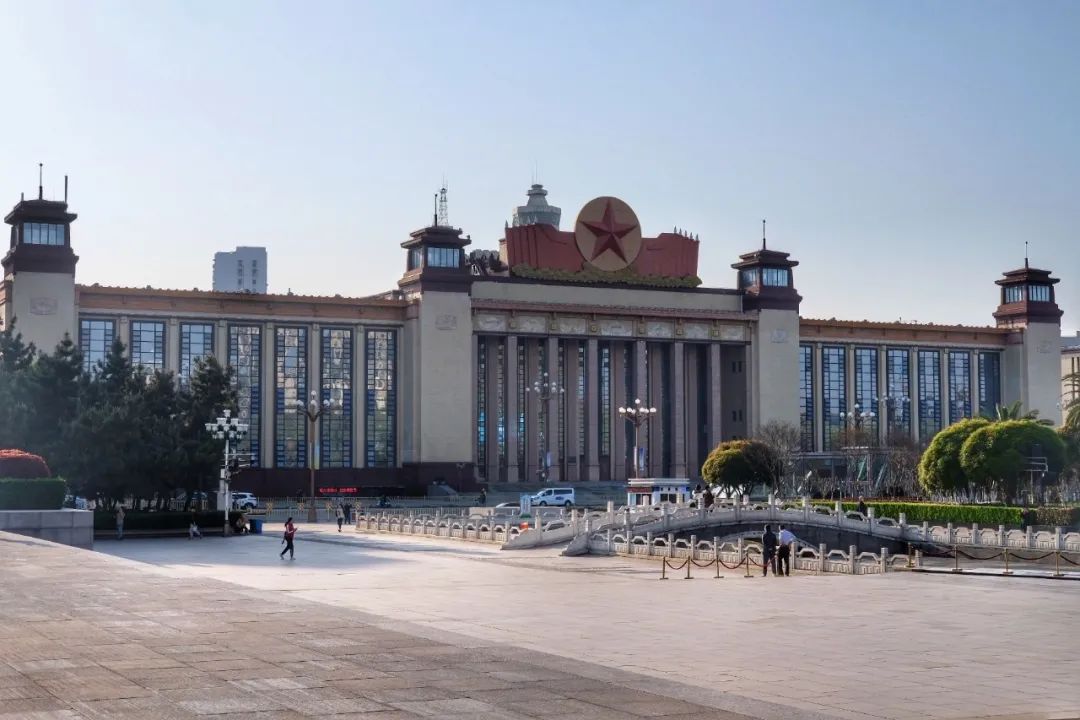
On one side of the square, the Soviet-style Jiangxi Provincial Art Museum

Staff filming vlog in the square

In front of the monument, a young woman in cool clothes
Bayi Square is much smaller than I thought. Walk along Zhongshan Road towards Bayi Park. This section of Zhongshan Road is very lively. The names of the alleys that intersect with it are very interesting. To the south of Zhongshan Road, you first pass through "Shou Gua Chi Alley", which probably used to be used to wash the shao gua caigua. The place? "Yangzi Street", because the Hui people lived here in the past, and they ran the mutton business here; "Kangwang Temple Lane", where people burned incense and worshiped gods; and finally, Ximazhuang Street, because the scholars of Gan Province used to ride horses from Jinxian in the south. After entering the city, they went to Gongyuan to take the exam. After dismounting, they tied their horses here. This street was named Ximazhuang Street.
To the north of Zhongshan Road, there is a small road called "Huangside Palace Road". I took a photo and found it really interesting when I came back.
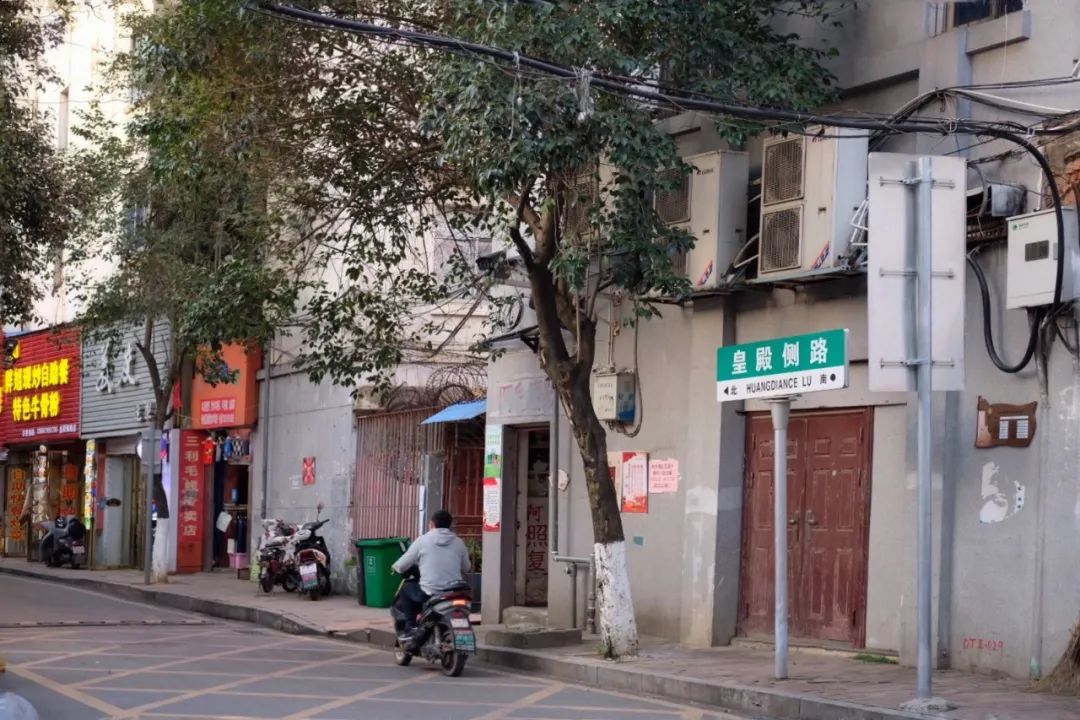
Huangside Palace Road
Nanchang was once the capital of the Southern Tang Dynasty, and this was the Changchun Palace.
The Southern Tang Dynasty (AD 937-975) was a dynasty established by Li Min in the Jiangnan area during the Five Dynasties and Ten Kingdoms period. Its capital was Jiangning (now Nanjing City, Jiangsu Province). It was said that there were one emperor and two masters in three generations, and the country lasted for thirty-eight years. At its peak, it covered thirty-five states, roughly spanning parts of present-day Jiangxi, Anhui, Jiangsu, Fujian, Hubei and Hunan provinces.
In 955 AD, the next three invaded the Southern Tang Dynasty. In the battle of Shouzhou, the Tang army was defeated thousands of miles away, and the entire Huaihe navy was wiped out. Li Jing, the central leader of the Southern Tang Dynasty, surrendered, drew the river as a boundary, dedicated all the land north of the river, and became a vassal to the Later Zhou Dynasty, named last year. In order to avoid the influence of the later Zhou Dynasty, Li Jing moved his capital to Hongzhou in 959 AD and called it Nanchang Prefecture.
It was planned to move the capital for three years, repairing the city walls, widening the streets, and building palaces. In February 961 AD, Li Jing led hundreds of civil and military officials and Jinling's wealthy nobles to advance by land and water, up the Yangtze River, and spent a month to reach Zhangjiang Gate in Nanchang. However, Li Jing lived in seclusion in Nanchang for only four months before he died. His successor, Li Yu, transported his body back to Jinling for a good burial.
The establishment of the Southern Capital lasted until the fall of the Southern Tang Dynasty. Nanchang served as the nominal capital for 17 years, but in reality it only lasted four months. "The Changchun Palace slumped old in the desolate twilight, 'like an old wooden vessel.' Over the course of more than a thousand years, the palace gradually collapsed due to age, and in the early Qing Dynasty only the Changchun Palace remained. In 1853, Lai Hanying, the Western Expeditionary Army of the Taiping Army, attacked Nanchang for three months but failed to blow up the city walls around the Hue Gate. After the invasion of Nanchang, nearby houses were burned down by fire. By April 1928, Nanchang Mayor Wu Yurui demolished the city wall to build a ring road, and the ancient bricks and tiles of the imperial palace were completely lost. Nandu also became a virtual term of the Southern Tang Dynasty. In the phantom of the East Lake, only the place names on the side of the Imperial Palace remain for people to fill in the blanks with their imagination..." (Cheng Wei, "Nanchang People")
Three hundred years ago, the poem at the end of Wang Bo's "Preface to Prince Teng's Pavilion" seemed to have predicted all this.
King Teng's high pavilion is adjacent to the river, and he wears jade and sings the luan while singing and dancing.
The painted building is flying toward Nanpu clouds, and the bead curtain rolls into the west mountain rain at dusk.
The shadows in Xianyuntan Lake are long, and things change and the stars move several autumns.
Where is the emperor's son in the pavilion now? Outside the threshold, the Yangtze River flows freely.
Pedestrians on the royal road wearing jade mingluan are hurried, still like the old days when you visited Shangyuan. On Zhongshan Road, cars are like flowing water and horses are like dragons. The flower moon is in the spring breeze.
7
Bayi Park
Nanchang camp
Walking along Zhongshan and passing through Shimazhuang Street, you will arrive at Bayi Park. The water of East Lake suddenly jumps into view, and everything becomes beautiful. The lake is very shallow and you can see the plants under the water. There is a hiking trail around the lake. Just follow it. You can see Nanchang Xingying, the last of the three major Republic of China buildings in Nanchang.
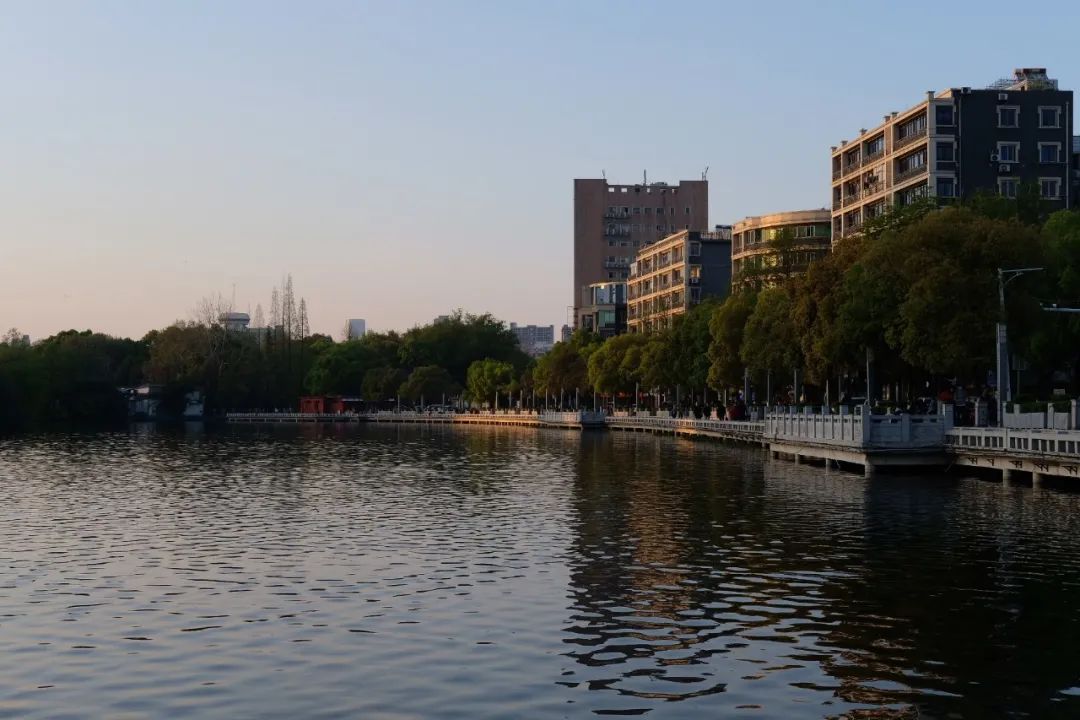
It's sunset time again
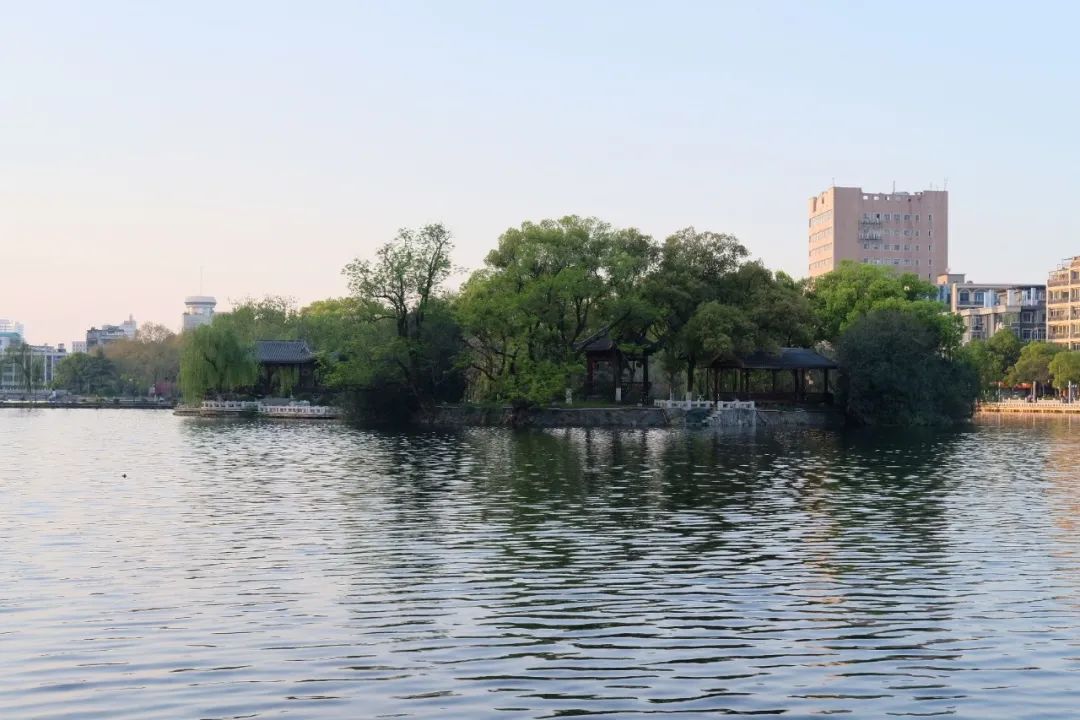
Opposite is the vegetable patch where Su Yunqing lives in seclusion and cultivates food.
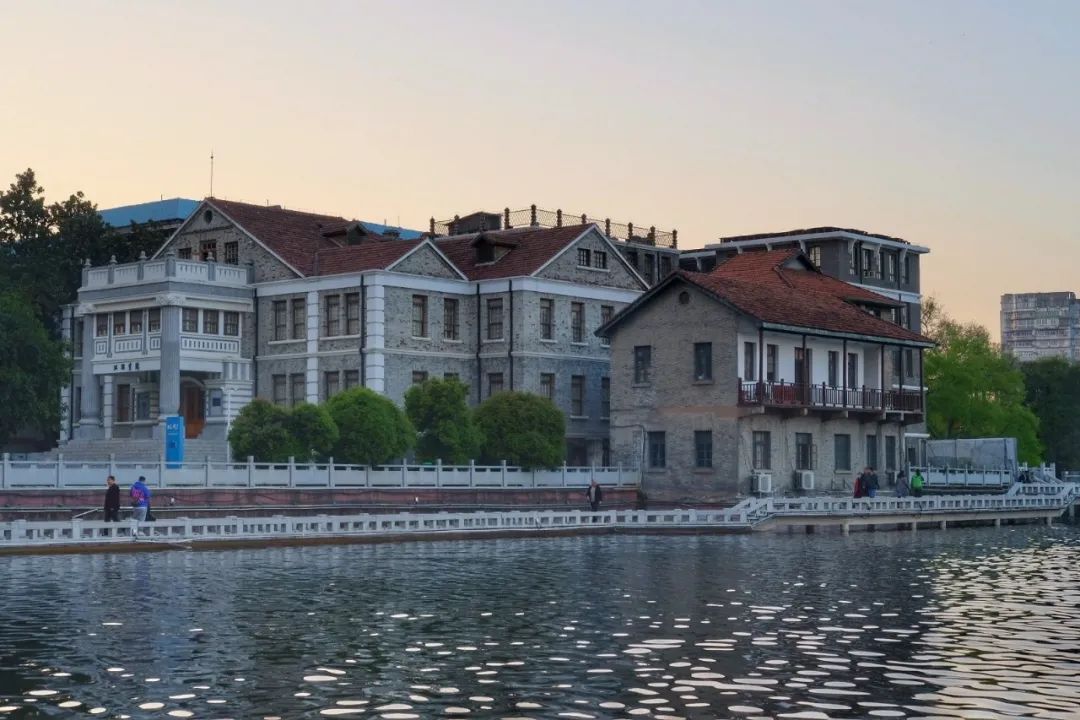
Nanchang camp has arrived
Since 1930, Chiang Kai-shek has commanded the Central Red Army’s encirclement and suppression campaigns here.
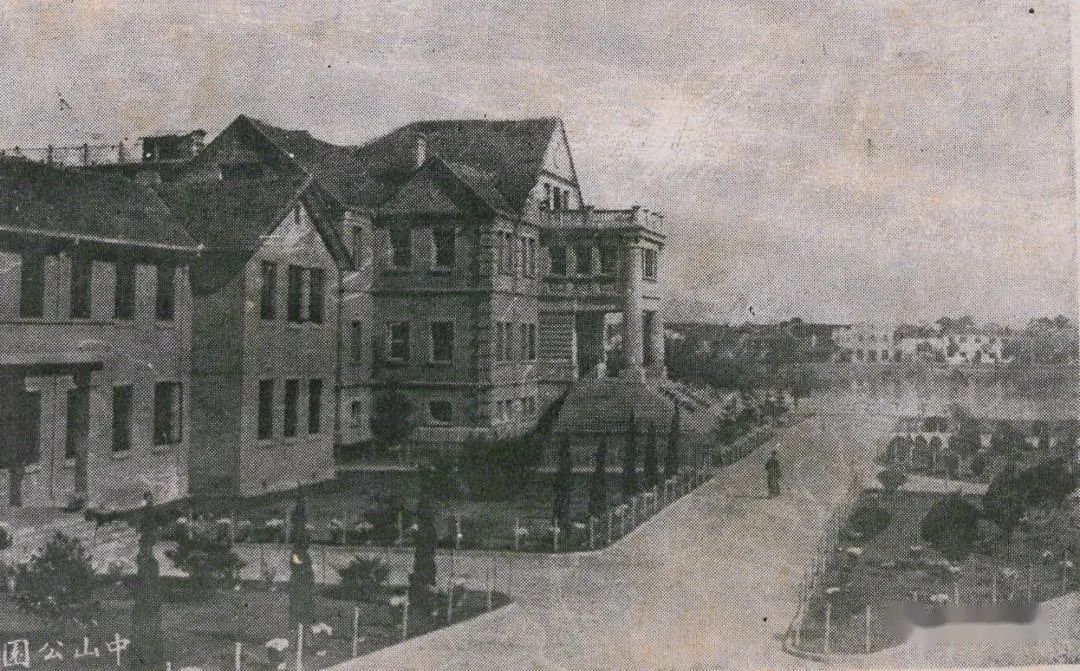
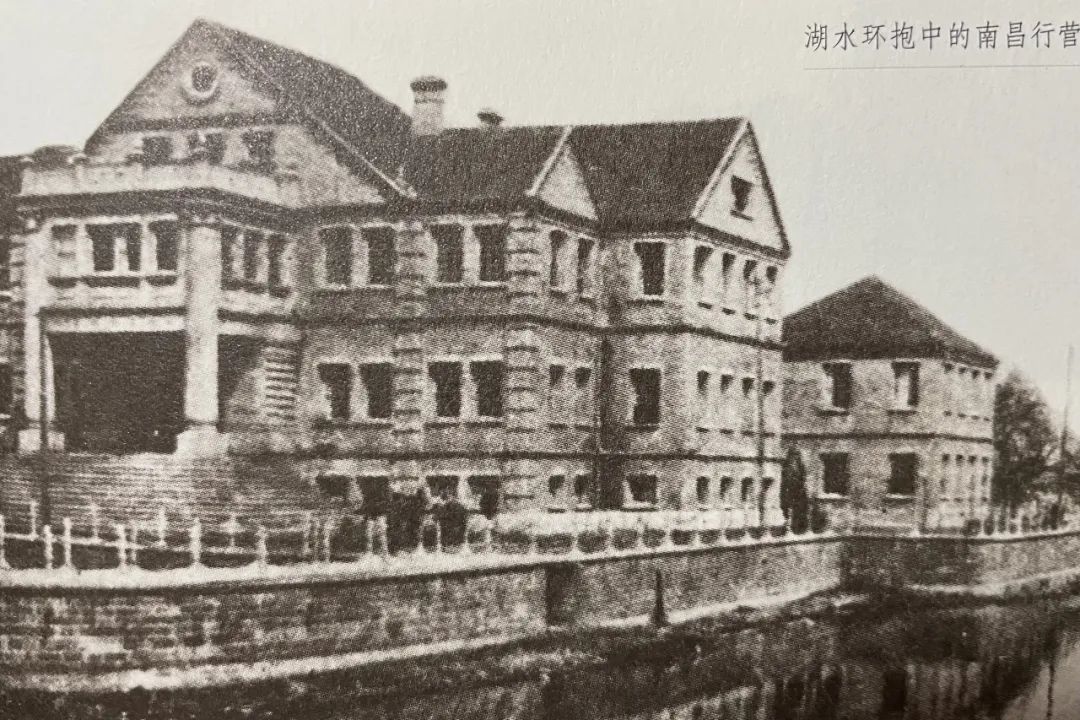
To sum up, all knowledge of red history is given to middle school teachers, and military knowledge is limited to military chess comparisons. I thought that the Republic of China was drinking coffee with Liu Kaiwei, Chen Weiting, and Li Yifeng in an old bungalow in Shanghai. I once thought that the Nanchang camp was the residence of Chiang Kai-shek and Soong Meiling in Nanchang. , I came back and read another book by Cheng Wei, "Nanchang Camp", and realized that this was the military headquarters during the period of encirclement and suppression of the Red Army. The internal factional struggles of the Kuomintang and the military deployment of the suppression of the Red Army all took place here - however, two years later, Within a week, most of the knowledge began to evaporate again, and I only remembered one thing.
It is said that Chen Geng was imprisoned in the Nanchang camp in 1933. Chen Geng once saved Chiang Kai-shek's life. Chiang Kai-shek wanted to use Chen Geng to influence the Huangpu students in the Red Army. The two met in a living room in the Nanchang camp. After chatting for a few words, Chiang Kai-shek advised, "Write a statement and admit your mistake, and I will give you a good way out." Chen Geng took the paper and wrote quickly. Chiang thought he was going to admit his mistake. When he took the paper and took a look, he was full of it. The paper was all about "Down with Chiang Kai-shek"... I burst out laughing when I saw this. I thought the picture was beautiful, and I seemed to hear the sentence, "Mother Xipi".
It is said that the renovation here has been delayed again and again. It used to be the Jiangxi Provincial Library. Today, the exterior has been repaired, but the inside is not open to the public. I think there is a natural reason why there has been no big-scale renovation. However, logically speaking, there is the August 1st Uprising Memorial Hall in the front and the New Fourth Army Military Headquarters Exhibition Hall in the back. The thrills that happened here just fill the gap in between. , to connect history. (Maybe I'm naive)
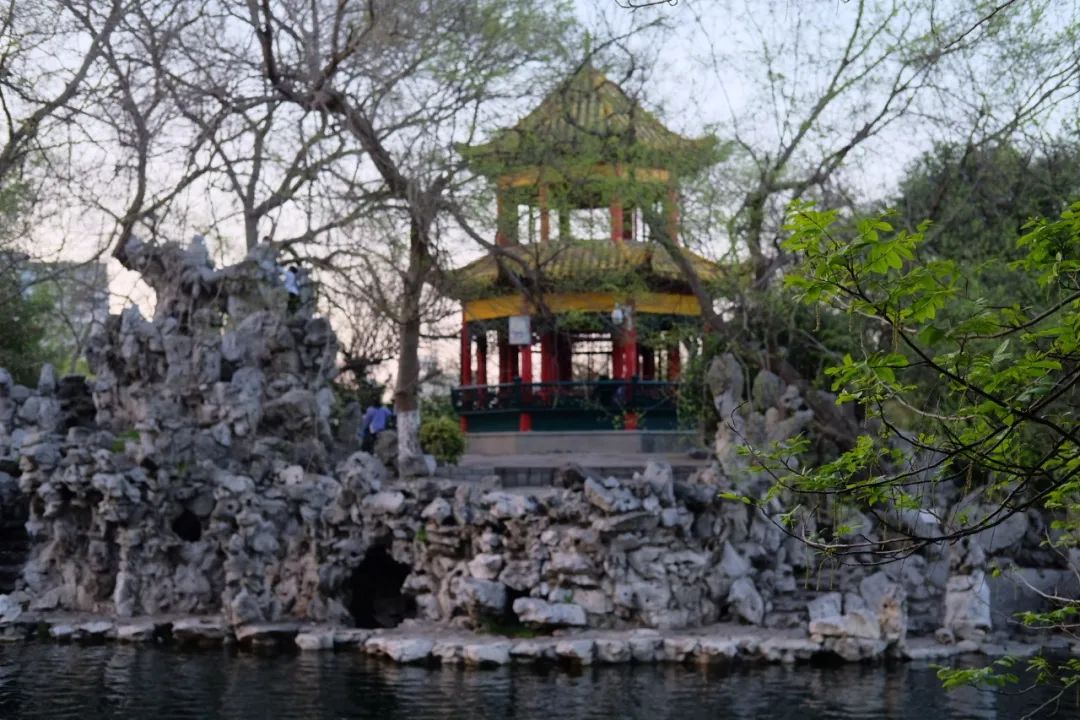
Baihuazhou has arrived
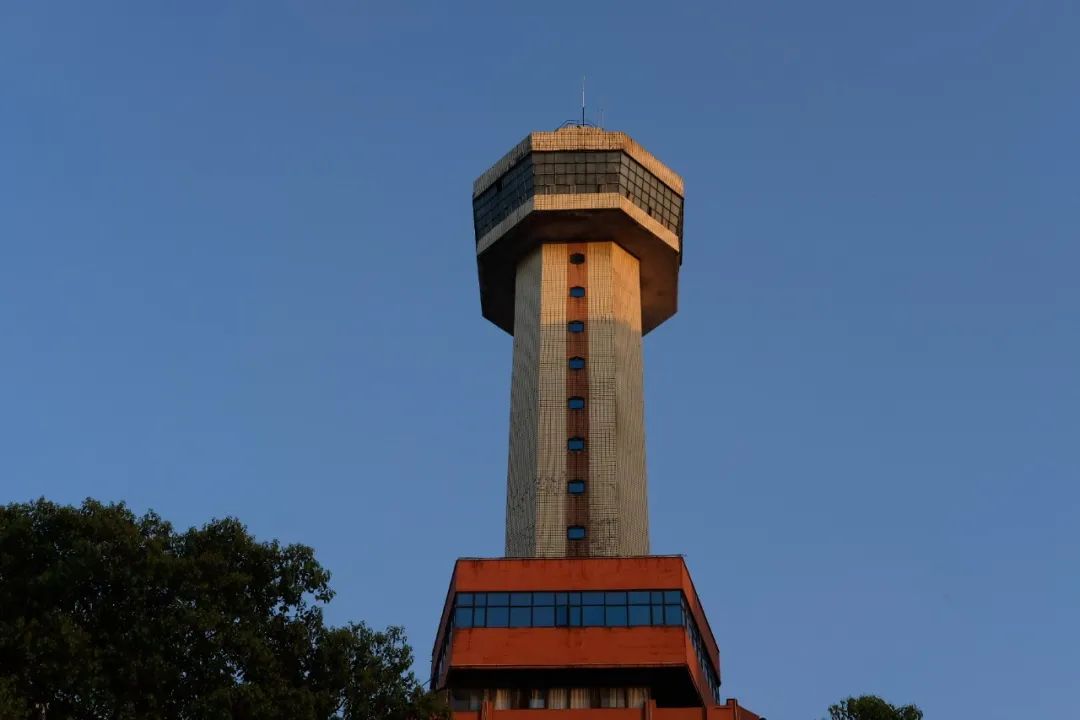
There are several gloomy buildings near Bayi Park, one of which is this tower
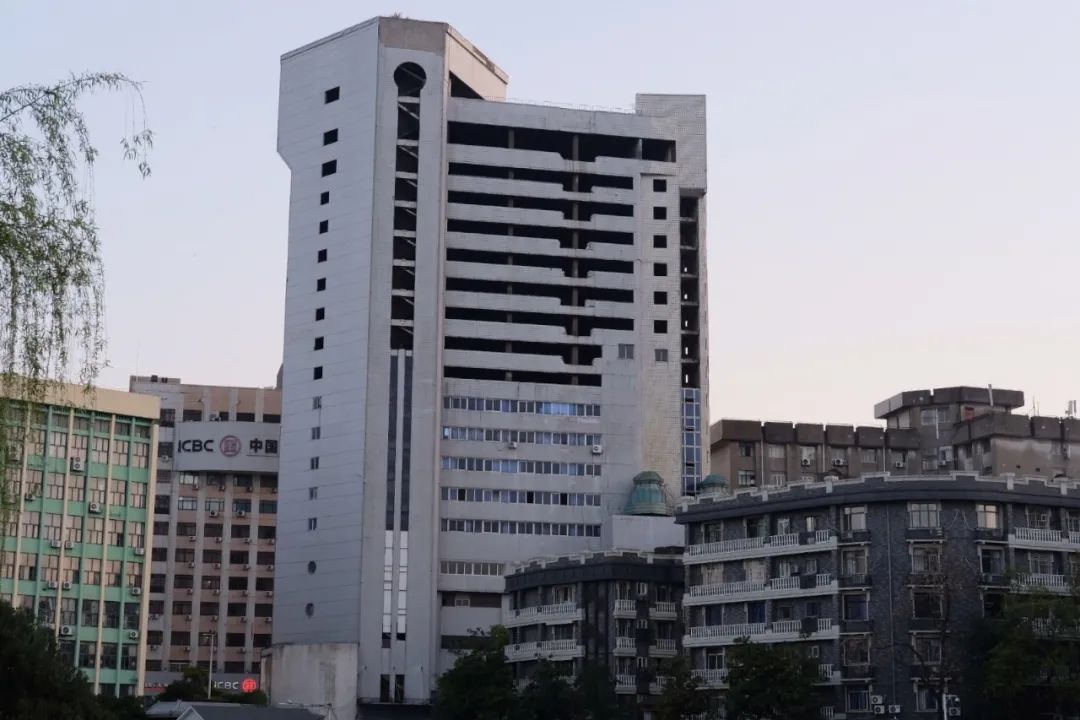
The second is this building, more than half of which is hollowed out
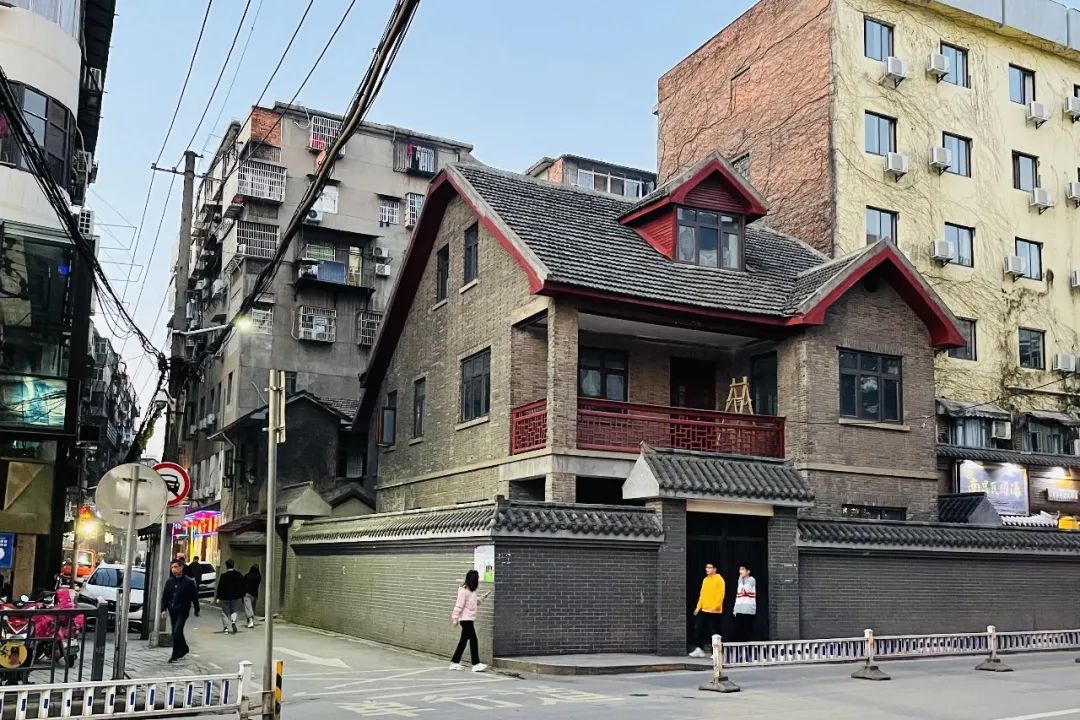
I don’t know the origin of this old house at the intersection of Supu Road and Minde Road.
8
Minde Road at night
In Bayi Park, there is a strong atmosphere of life. A badminton net is set up on the empty field. Several groups of middle-aged people play badminton there. People living nearby walk, run, walk their dogs, sit on benches, chat, and wait for dark. Go back and have dinner. The pavilions and rockeries on Baihua Island are very much like the Tianshan Park I remember when I was a child. It seems that when I turn around, the parents of my Nanchang friends who immigrated to Australia are falling in love by the lake with fluttering willows. Walking clockwise through the park to the intersection of Supu Road and Minde Road, dusk fell, ushering in an ordinary night that could no longer be ordinary.
There were all kinds of small shops and pedestrians on the road. The strange feeling of meeting and overlapping with myself in the parallel world appeared again. I stood motionless, listening to this empty world. I just Realizing that I am a foreigner here, I have melted into this environment wonderfully, fully feeling the existence of a kind of life, just like feeling the blood in my own veins, this feeling tightly controls me: what happened here None of the things I did were for me, but everything belonged to me. The girl dragging her suitcase slowly home was me, the uncle yawning and buying a bag of apples was me, and the man in the parking lot of Jiangxi Hotel was me. I was the driver who found the last parking space, and I was the sister who walked out of the hospital with an X-ray film on her frown. There were hundreds of my shadows in the moving footsteps and flashing car lights, connecting the night. Every light that tells a story intertwines into a huge network and becomes a vibrant source of my inner activities.

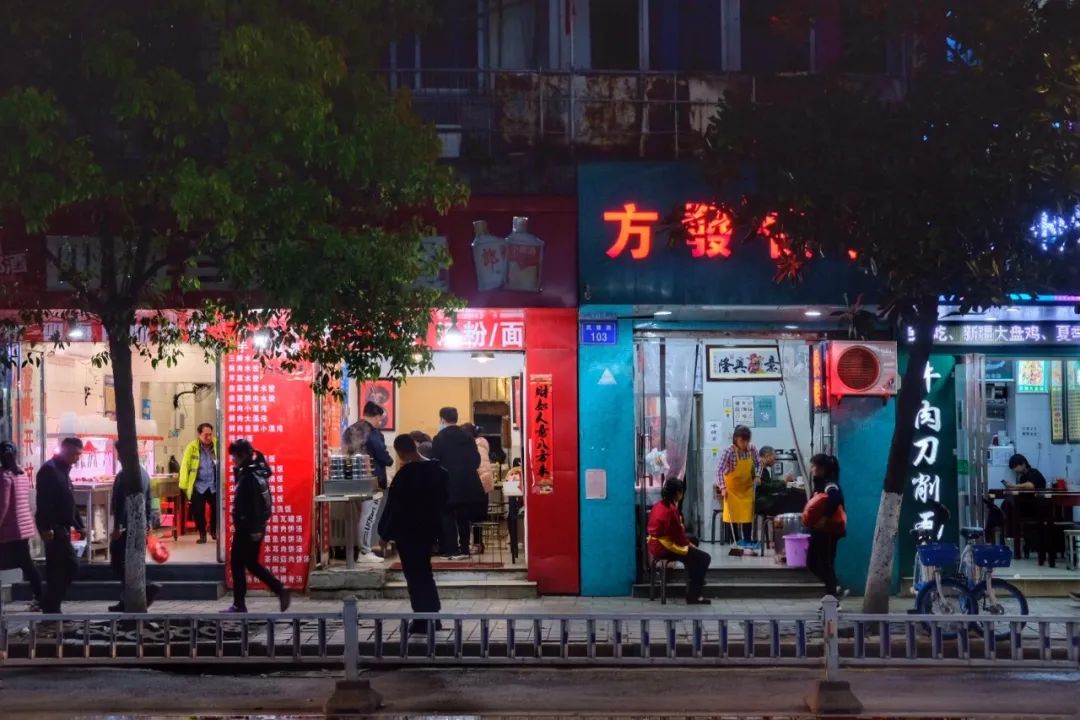
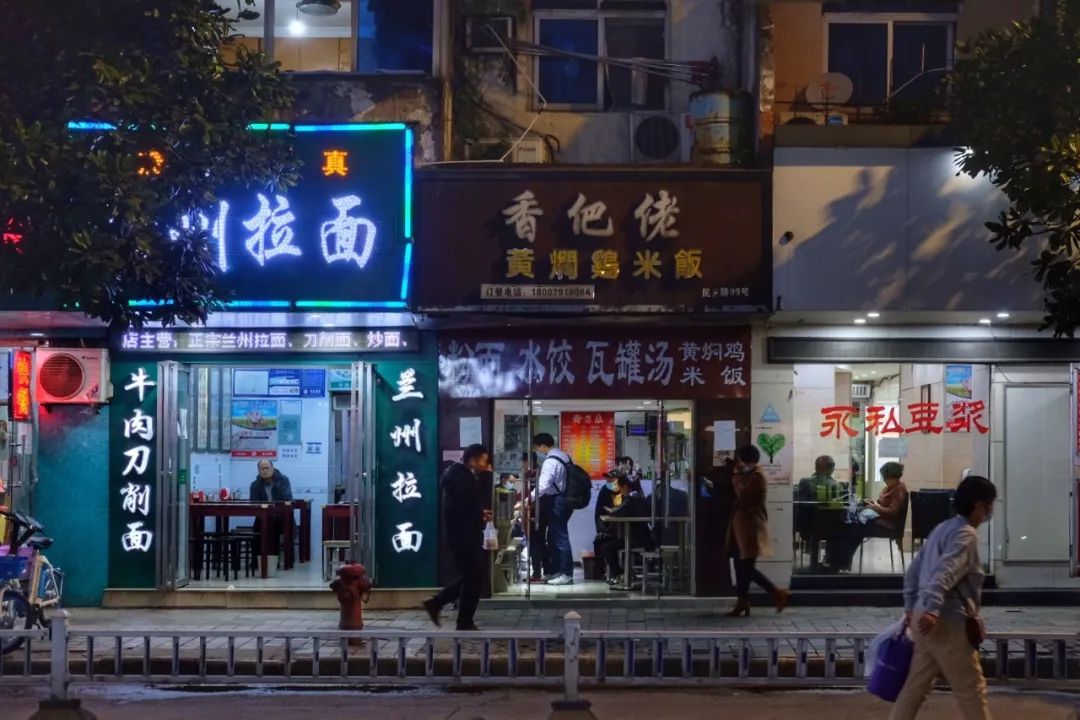

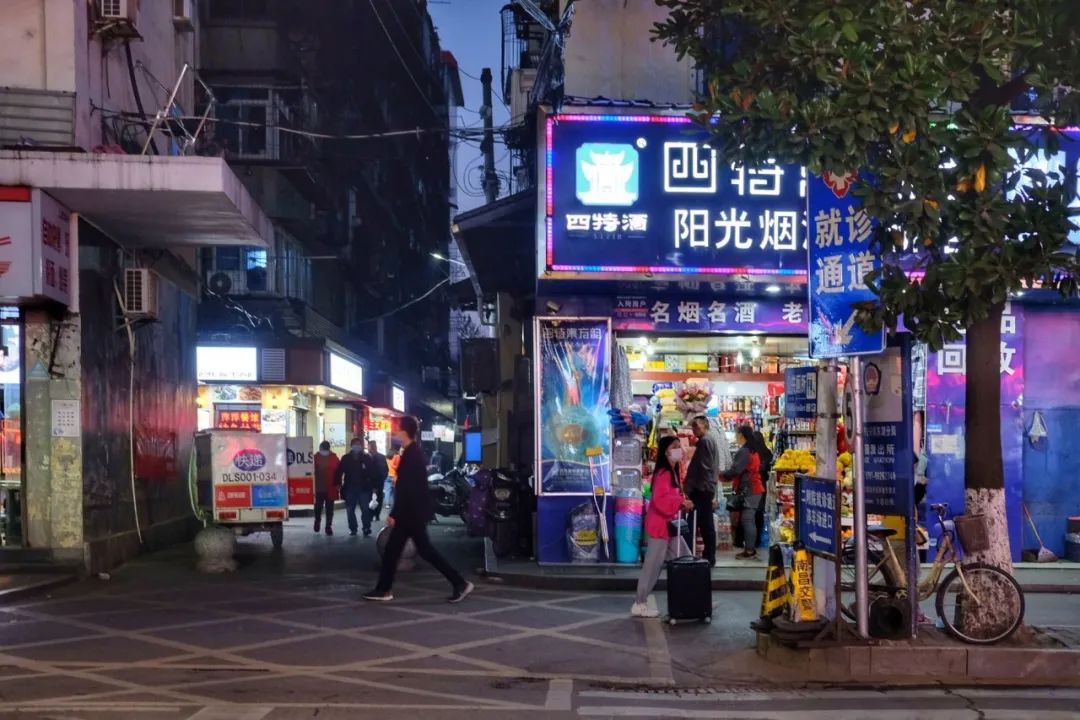


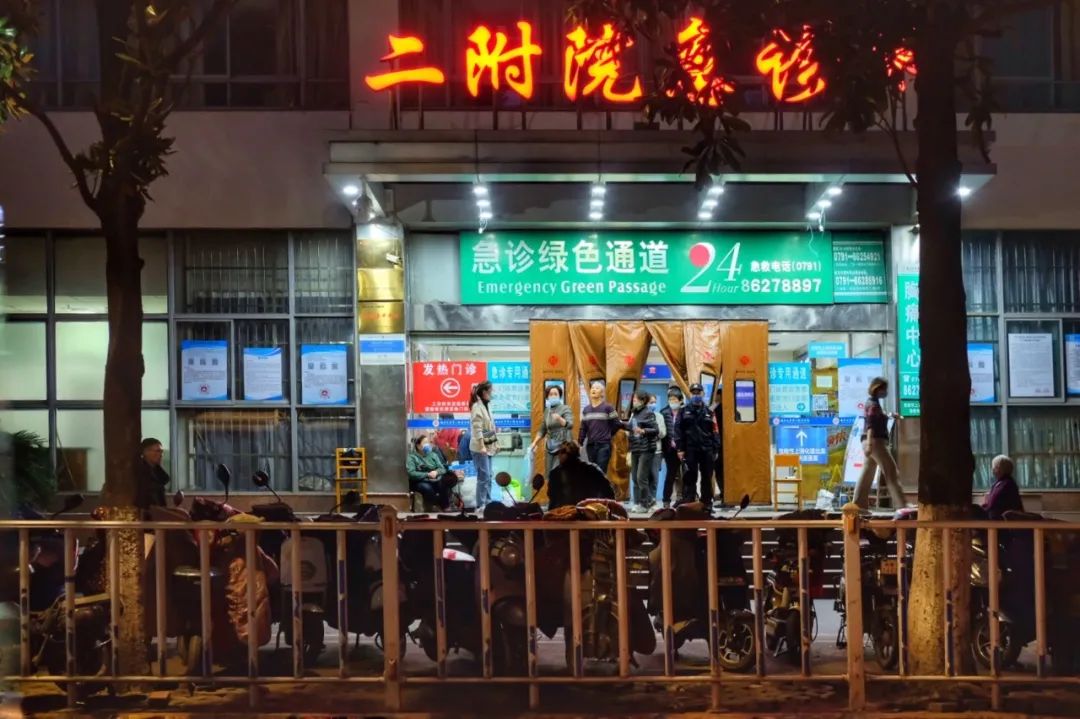

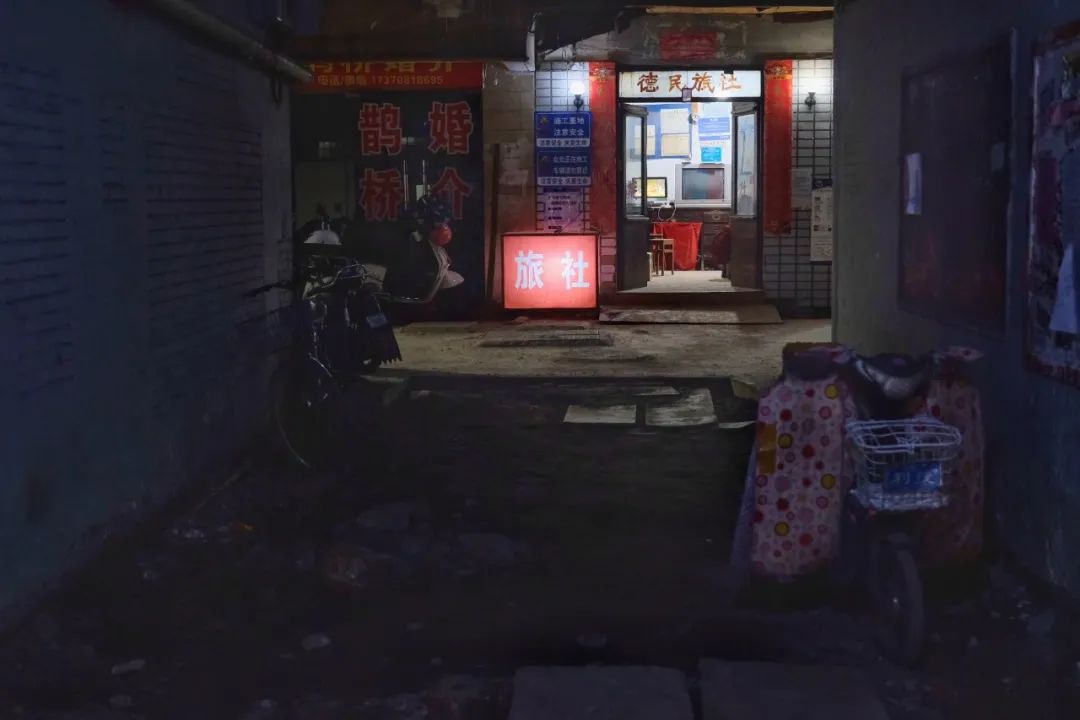
Just like that, I returned to Bayi Avenue and took the subway on Fuzhou Road. Although I was underground in the city, I felt as if I was walking on the city wall of the old city of Nanchang. I didn’t know what city gate I was going to, but I saw the wall. It's tall and big. I just walked up there meandering, watching the sunset over the Ganjiang River outside the city, and the smoke and mist inside the city. I couldn't finish walking for half a day. I was the only one who would do such a stupid thing, just for the majesty of the mountains and rivers. (over)
